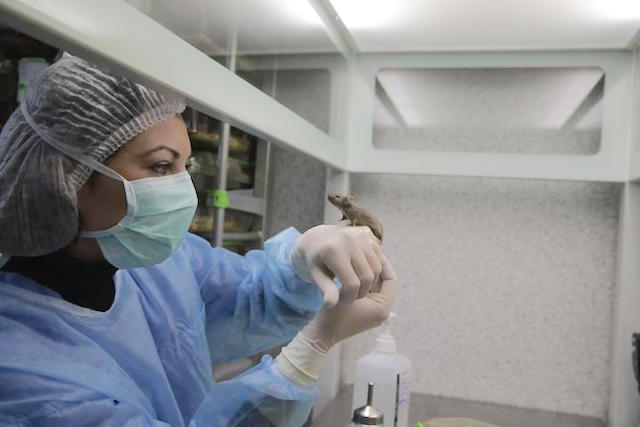A group of Russian and Swedish scientists have just published a breakthrough paper, explaining how they successfully slowed down the aging process in a group of mice.
The major goal of the study was to investigate the role of mitochondria in the process of aging in organisms. Importantly, scientists made an attempt to slow down aging using a novel compound: artificial antioxidant SkQ1 precisely targeted towards the mitochondria.
RELATED: 100-Year-olds Say a Positive Attitude is the Secret to Longevity
Differences between the two groups became obvious as the mice continued to age. Animals in the control group aged rapidly as expected. They were losing weight, their body temperature decreased, severe curvature of the spine (as a result of osteoporosis) and alopecia were developing, their skin became thinner, and in case of females estrus cycle was impaired. Finally, their mobility and oxygen consumption were decreased. The development of all these typical traits of aging was dramatically decelerated in the group treated with SkQ1. Some of the aging traits did not appear in that group at all.
Professor Vladimir Skulachev, the creator of SkQ1 molecule design and co-author of this study, says: “This work is quite valuable from both theoretical and practical points of view. First, it clearly demonstrates the key role of mitochondrially produced reactive oxygen species in the process of aging in mammals. At the same time, our study opens the way to the treatment of aging with mitochondrially targeted antioxidants.”
Prof. Skulachev’s project is now developing a set of pharmaceuticals based on SkQ1 molecule. The first drug – Visomitin eye drops – is already approved and marketed in Russia and passed phase 2 clinical trials in the US. The next pharmaceutical product in the project’s pipeline is an oral form of SkQ1 (similar to the one used in the aforementioned experiments). It is now in the process of clinical trials in Russia. In case of positive results of these trials, such “anti-aging” drug can be approved for systemic indications in 2-3 years.
(Source: Lomonosov Moscow State University)
Click To Share The News With Your Friends Before It Gets Old (Photo by The A.N. Belozersky Institute Of Physico-Chemical Biology)




















